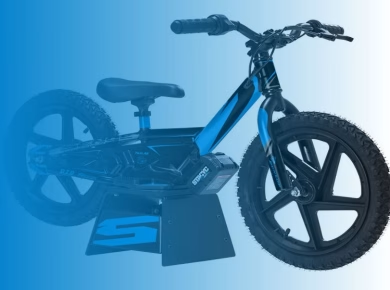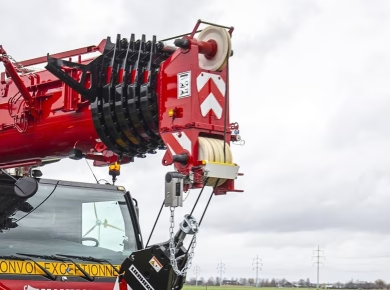Getting rid of a hornet’s nest can be a daunting task. While these insects play a vital role in the ecosystem, their presence can pose a significant risk, especially if you or your loved ones are allergic to stings. The question often arises: should you tackle the problem yourself, or is it wiser to call in the professionals? In this article, we will explore the safest methods for hornet removal, when to consider professional help, and the crucial safety measures to observe during the process.
Understanding Hornets and Their Nests
To effectively deal with hornets, it’s essential to understand a bit about them. Hornets are a type of wasp and are generally larger than regular wasps. They can be aggressive, especially when their nest is disturbed. Their nests, often found in trees, shrubs, or even man-made structures, are made from chewed wood fibers mixed with saliva, creating a paper-like substance. Recognizing the signs of a hornet infestation is the first step. Common indicators include the sight of hornets flying around your home or a visible nest.
Understanding the different species of hornets can also be beneficial. The bald-faced hornet, for instance, is known for its distinct black and white coloring and aggressive behavior. On the other hand, European hornets are larger but less aggressive than their bald-faced counterparts. Knowing what you’re dealing with can help you decide the best course of action.
When to Call the Professionals
There are situations where hiring a professional pest control service is not just advisable but necessary. If you find a hornet’s nest close to your home, especially in high-traffic areas, it may pose a danger to your family and pets. Additionally, if anyone in your household has severe allergies to insect stings, the risks of attempting DIY removal increase significantly.
Another factor to consider is the size of the nest. Larger nests can contain hundreds of hornets and can quickly become overwhelming. If you’re unsure about your ability to handle the situation or feel uncomfortable at the thought of confronting these insects, it’s best to call in an expert. Professional pest controllers have the necessary equipment, experience, and knowledge to safely remove hornets without putting anyone at risk.
DIY Hornet Removal: A Step-by-Step Guide
For those who feel confident in handling the situation themselves, there are several steps to follow to ensure a safe and effective hornet nest removal. First and foremost, timing is crucial. The best time to attempt removal is during the evening or early morning when hornets are less active.
Gather Your Supplies
Before starting, make sure you have the right equipment. You will need protective clothing to shield yourself from stings. This includes long sleeves, pants, gloves, and a face mask. Additionally, you’ll need a pesticide specifically designed for wasps and hornets. These can be found at most home improvement stores. Ensure you read the instructions carefully before use, as different products have different application methods.
Approaching the Nest
When you’re ready, approach the nest slowly and quietly. If the nest is high up, consider using a ladder for better access. Stand at a safe distance to avoid attracting attention from the hornets.
Application of Insecticide
Once you are in position, shake the insecticide canister well. Aim for the nest’s entrance and spray the insecticide directly into it. Be generous with the application, as ensuring the pesticide penetrates the nest is crucial for killing the hornets inside. After spraying, retreat quickly to a safe distance and observe the nest.
It’s essential to wait at least 24 hours before checking the nest again. This allows time for the pesticide to take effect. If you notice activity around the nest after this period, a second application may be necessary.
Post-Removal Considerations
After confirming that the hornets are no longer active, it’s time to remove the nest. Using a long stick or a similar tool, carefully knock the nest down and place it in a sealed garbage bag. Dispose of it according to your local regulations.
Remember to keep an eye on the area for any returning hornets. If you notice new activity, it may be a sign that another colony is trying to establish itself nearby.
Safety Precautions to Keep in Mind
Safety should always be your top priority when dealing with hornets. Be mindful of your surroundings and avoid sudden movements that might provoke the hornets. If you are allergic to stings, have an epinephrine auto-injector on hand, and consider having someone assist you during the removal process.
Additionally, if you have pets, secure them away from the area until the situation is completely resolved.
Preventing Future Infestations
Once you successfully remove a hornet nest, taking preventive measures can save you from future headaches. Hornets are drawn to areas where food sources are readily available, so ensure trash cans are sealed, and outdoor food is stored properly.
Regularly check your property for signs of new nests, particularly in spring when hornets are looking to establish their colonies. If you notice a nest forming, address it quickly before it becomes a larger issue.
Final Thoughts
Dealing with a hornet’s nest can be a stressful experience, but it doesn’t have to be overwhelming. Whether you choose to tackle it yourself or opt for professional help, understanding the nature of hornets and employing the right strategies can lead to a successful removal. Always prioritize safety and don’t hesitate to seek help if you’re unsure.
In the end, keeping your home safe from these aggressive insects is possible with the right knowledge and precautions. If the situation feels beyond your control, remember that calling in experts is not a sign of weakness but a smart choice for your safety.
By following these guidelines, you can confidently address any hornet issues that arise, ensuring peace and safety for you and your loved ones.



